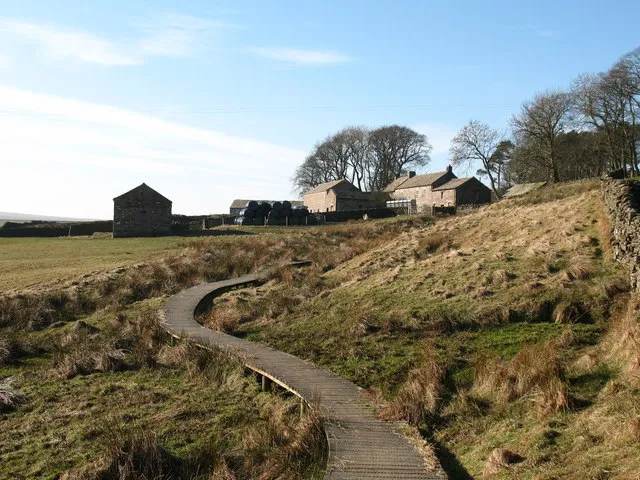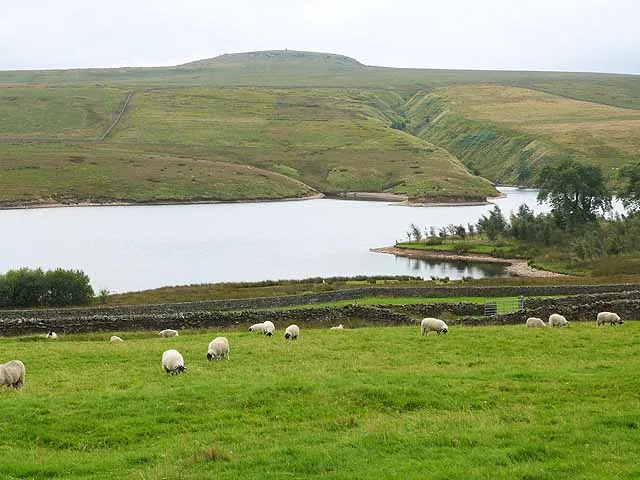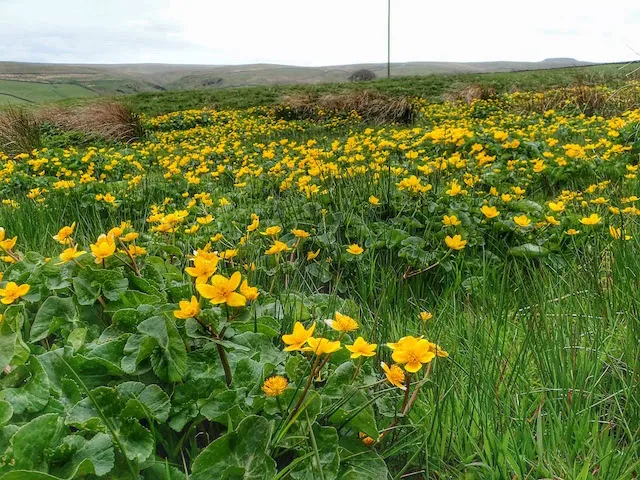With all her strength, Hannah Hauxwell tugs at the leash of an uncooperative bullock when the animal suddenly bolts free. “You little beast!” she shouts, chasing the animal down the snowy hillside in her long coat and boots. It would be funny if it weren’t for the sombre background music and the white-haired lady struggling alone in the fading light.
Hannah eventually delivers the animal to a farmer to take to market. “I’ve had a bit of a fight but I managed him,” she says with typical understatement. They exchange a few pleasantries and she sets foot back through the snow and frozen mud to Low Birk Hatt Farm – the remote 80-acre holding in Baldersdale where she lives on her own, without running water or electricity.

Rise to TV fame: Too Long A Winter
And so begins the story of the stoical Daleswoman, as told in the 1973 ITV documentary, Too Long A Winter, which chronicled the lives of north Pennine hill farmers battling to keep their animals alive through the harshest months of the year.
Hannah had lived at Low Birk Hatt since she was three years old. From the age of 35, she had run the farm alone, following the death of her parents and uncle. We hear that Hannah gets by on between £250 and £280 a year, depending on how much her cow makes at market, and every day she must economise. “What keeps you here?” the interviewer asks at one point. “My family have lived here since my great-grandfather’s time,” she answers. And then there’s her favourite countryside view: “If I haven’t money in my pocket, it’s the one thing nobody can rob me of. It’s mine.”

Hannah’s humility, simplicity and strange accent – a mix of Yorkshire and Northumbrian with a Scandinavian lilt – touched many viewers. In the months following the documentary, she became a celebrity. People sent her gifts, sometimes addressed to “The Old Lady In The Yorkshire Dales”, for although she was only 46 in the film, she looked at least a decade older.
Barry Cockcroft, the programme’s director, saw the potential for further documentaries and persuaded Hannah to star in new films including Hannah Goes to Town (1977), which saw her in the opulent Savoy in London for the Women of the Year Gala.
Hannah's Meadow Nature Reserve - a thriving legacy
Hannah continued to farm the land until the 1988, when her health deteriorated. “There’s something in my very bones that rebels when the bitterness comes,” she said of the Pennine winters in Cockcroft’s sequel film, A Winter Too Many (1989), which documented Hannah’s departure from the farm.
Her TV career was not over, though. In 1992 Cockcroft took Hannah overseas for Hannah Hauxwell: Innocent Abroad, in which she met the Pope and travelled around Europe. The sequence was complete with a filmed trip to the USA, screened in 1995.
Hannah’s attachment to Low Birk Hatt remained with her for life. “My heart and soul will always be up on the Dales,” she told the Yorkshire Post in 2007. Though no longer a household name when she died aged 91 in January 2018, a few hundred attended her funeral in Durham’s Barnard Castle.

Perhaps Hannah’s greatest legacy is the wildlife that still thrives in the meadows around Low Birk Hatt Farm – species that tell of a land traditionally farmed and unpolluted by artificial fertilisers. Walkers passing through on the Pennine Way in June and early July will see Hannah’s Meadow, as it is now officially known, speckled yellow, pink and purple with buttercups, red clover, yellow rattle, wood crane’s-bill and ragged robin.